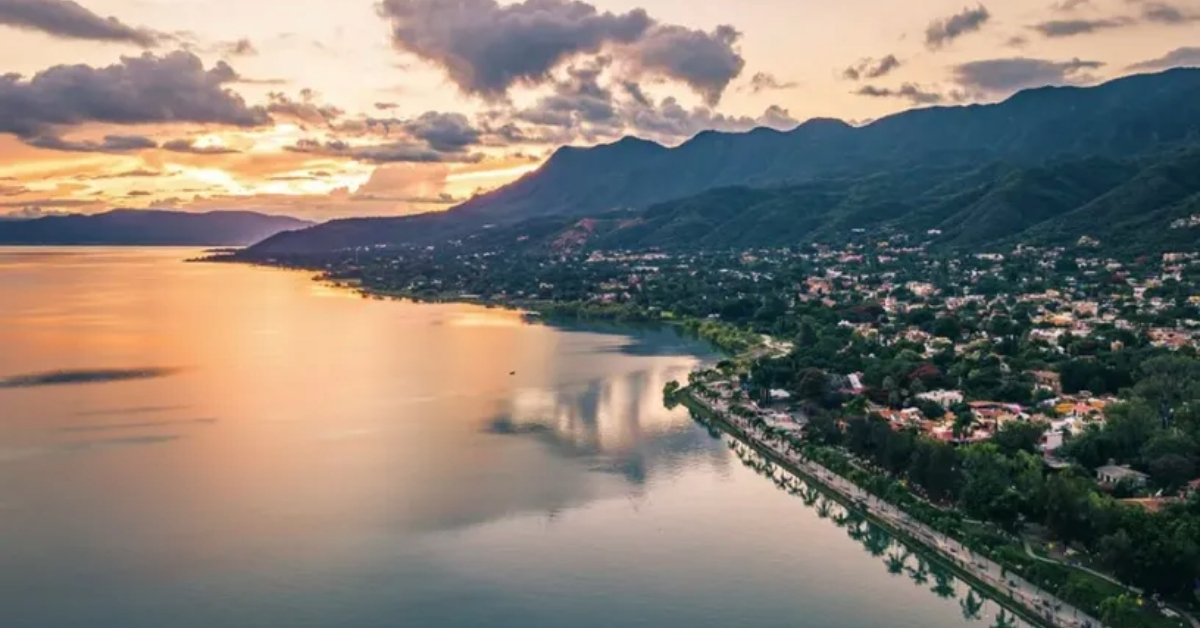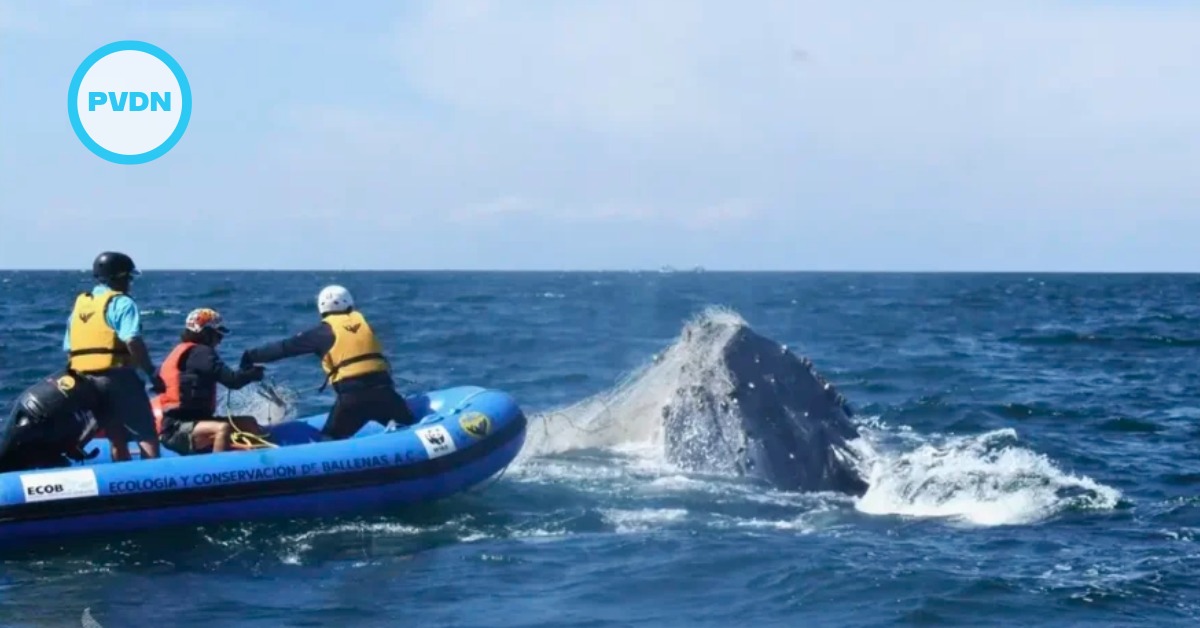Facing federal budget cuts, Jalisco has taken over Lake Chapala water monitoring and expanded testing at 26 sites along the Santiago River while investigating dam operations and preparing to brief Congress on a new aqueduct project.
The Jalisco government has stepped in to monitor water quality in Lake Chapala and the Santiago River after budget cuts forced the National Water Commission (Conagua) to halt its regular testing. Mario López Pérez, director of the State Water Commission, said Conagua stopped sampling both water bodies under the previous federal administration, leaving Jalisco to . . .







